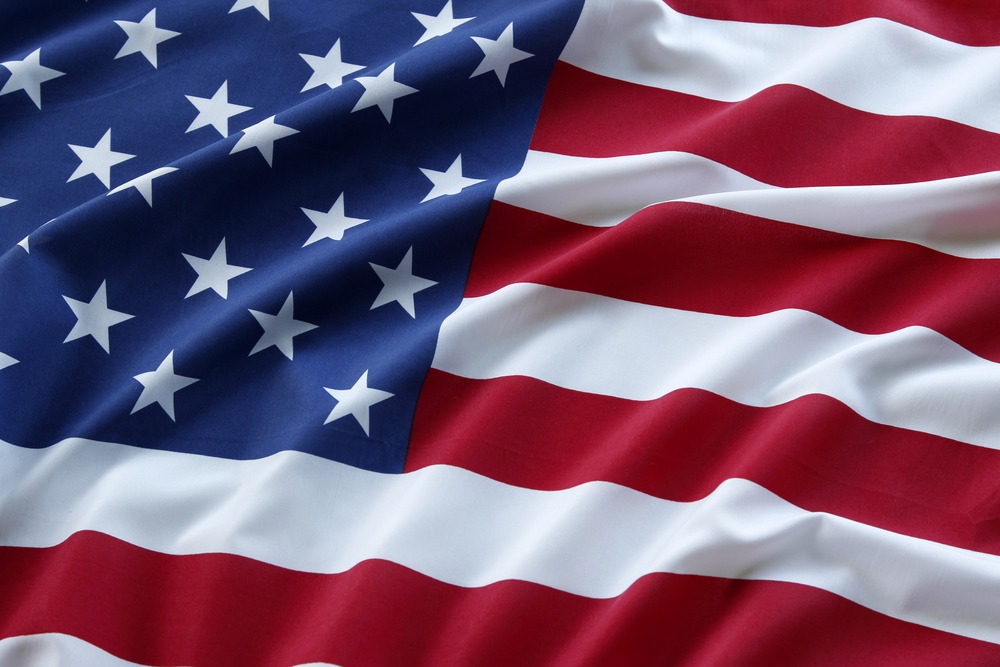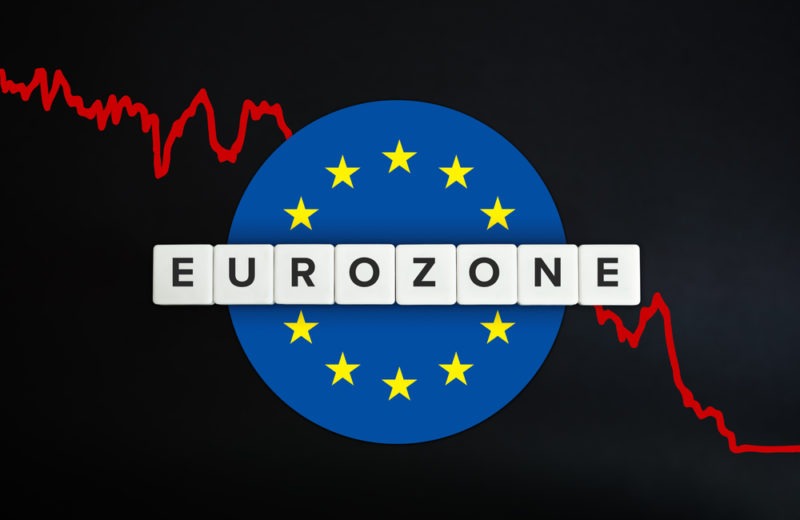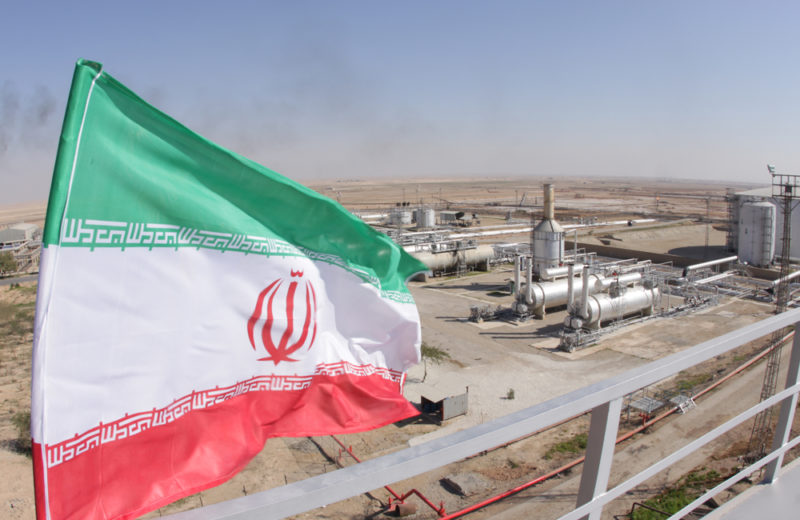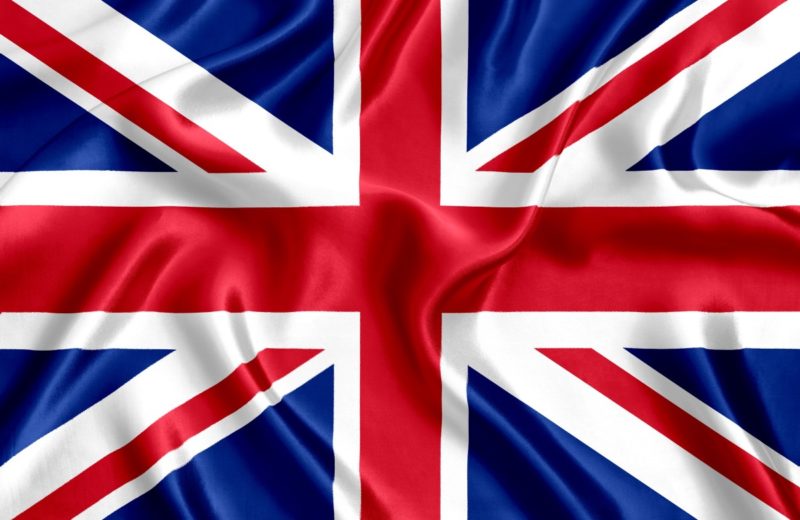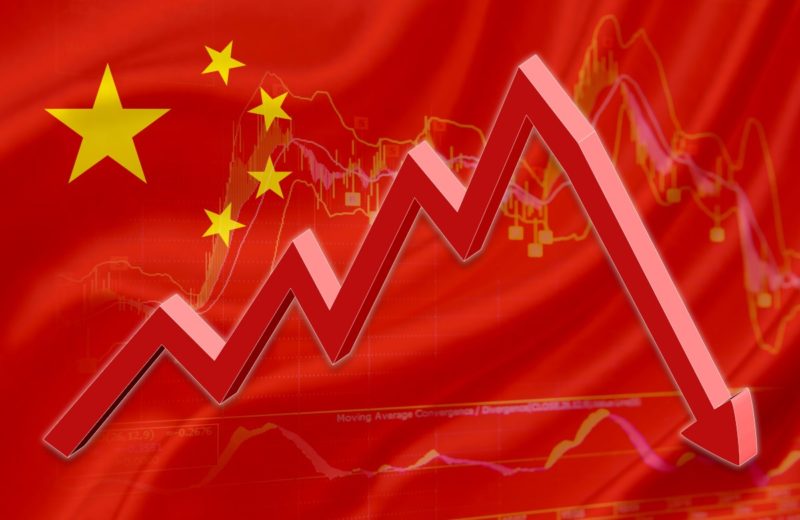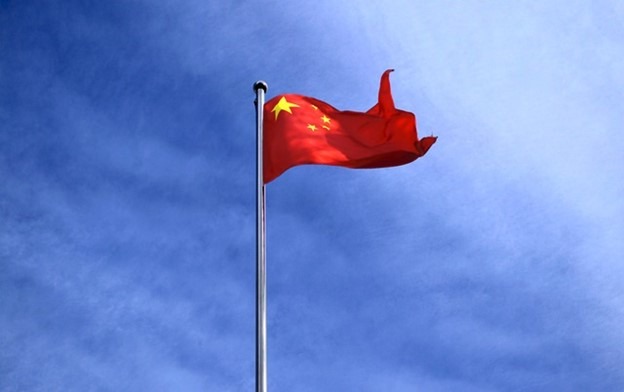Key Points:
- US economy growth slowed to 1.6% in Q1, below the expected 2.4%.
- Consumer spending growth tapered, but business investment and the housing market expanded.
- Inflation concerns rise with the PCE index at 3.7%, and the Fed may delay rate cuts.
The US economy expanded at a rate of 1.6% in the first quarter, which, while solid, fell below the anticipated growth rate of 2.4% and the previous quarter’s robust 3.4% expansion. This slowdown signifies a challenging period, as the growth rate also sits beneath the non-inflationary threshold of 1.8%. However, when volatile components are excluded, the growth rate appears more stable at 3.1%. These figures suggest a nuanced economic landscape, with underlying strengths masked by immediate fluctuations.
US Economy: PCE Price Index Rises to 3.7%, Trade Deficit Widens
During this quarter, consumer spending showed a slight temperance in its growth trajectory, which could be attributed to broader economic uncertainties. Conversely, business investment has seen an uptick, indicating continued business confidence in the economic outlook. The housing market has also been expanding, a positive sign for overall economic health. Regarding inflation, the PCE price index, excluding food and energy, surged to 3.7% from a previous 2.0%, signaling rising price pressures. Additionally, the trade deficit widened, reflecting a complex interaction between domestic economic activity and global trade dynamics.
Job Market Strong, Household Debt Concerns Rise
The labor market continues to exhibit resilience, with jobless claims declining and high wage levels supporting consumer spending power. However, there is a growing concern as lower-income households increasingly rely on debt to manage their expenses, which could pose risks to financial stability if it continues unchecked. The strong job market contrasts with household financial vulnerabilities, highlighting varied economic challenges across different segments.
Business Investment in AI Grows Amid Fiscal Pullback
Government spending has slowed, shifting from the aggressive fiscal policies previously implemented to stabilize the economy during downturns. In contrast, businesses are increasing their investments, particularly in cutting-edge areas like artificial intelligence. These investments offset declines in government spending, which is vital for long-term economic sustainability and competitiveness.
Inflation Spike to 3.7% Could Postpone Rate Cuts.
Daniel Vernazza, Chief International Economist at UniCredit, suggested that the Federal Reserve might view the GDP report as positive. However, the unexpected increase in inflation could strengthen the central bank’s inclination to postpone rate cuts. This sentiment is echoed by Treasury Secretary Janet Yellen, who noted that the alignment with last year’s growth rates indicates underlying strength despite current challenges. The Federal Reserve will likely maintain its cautious stance on interest rate cuts, possibly delaying any reductions until after September. Expert predictions had ranged from 1.0% to 3.1% growth, highlighting the uncertainty and varied expectations surrounding the US economic trajectory.


